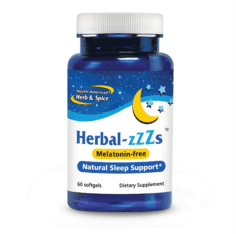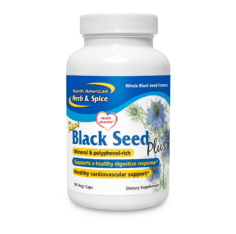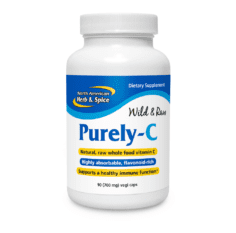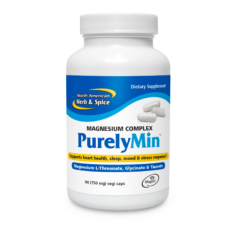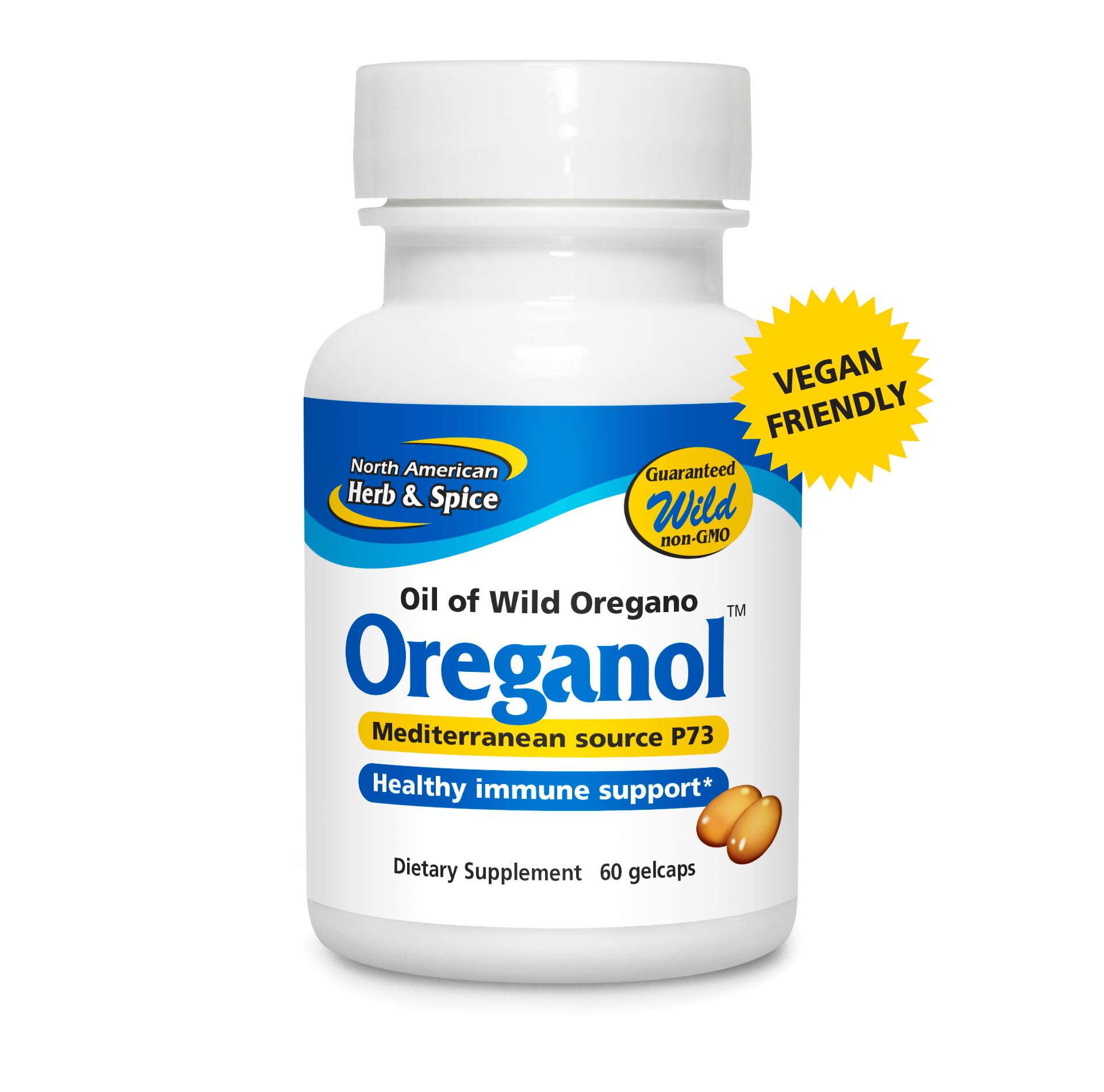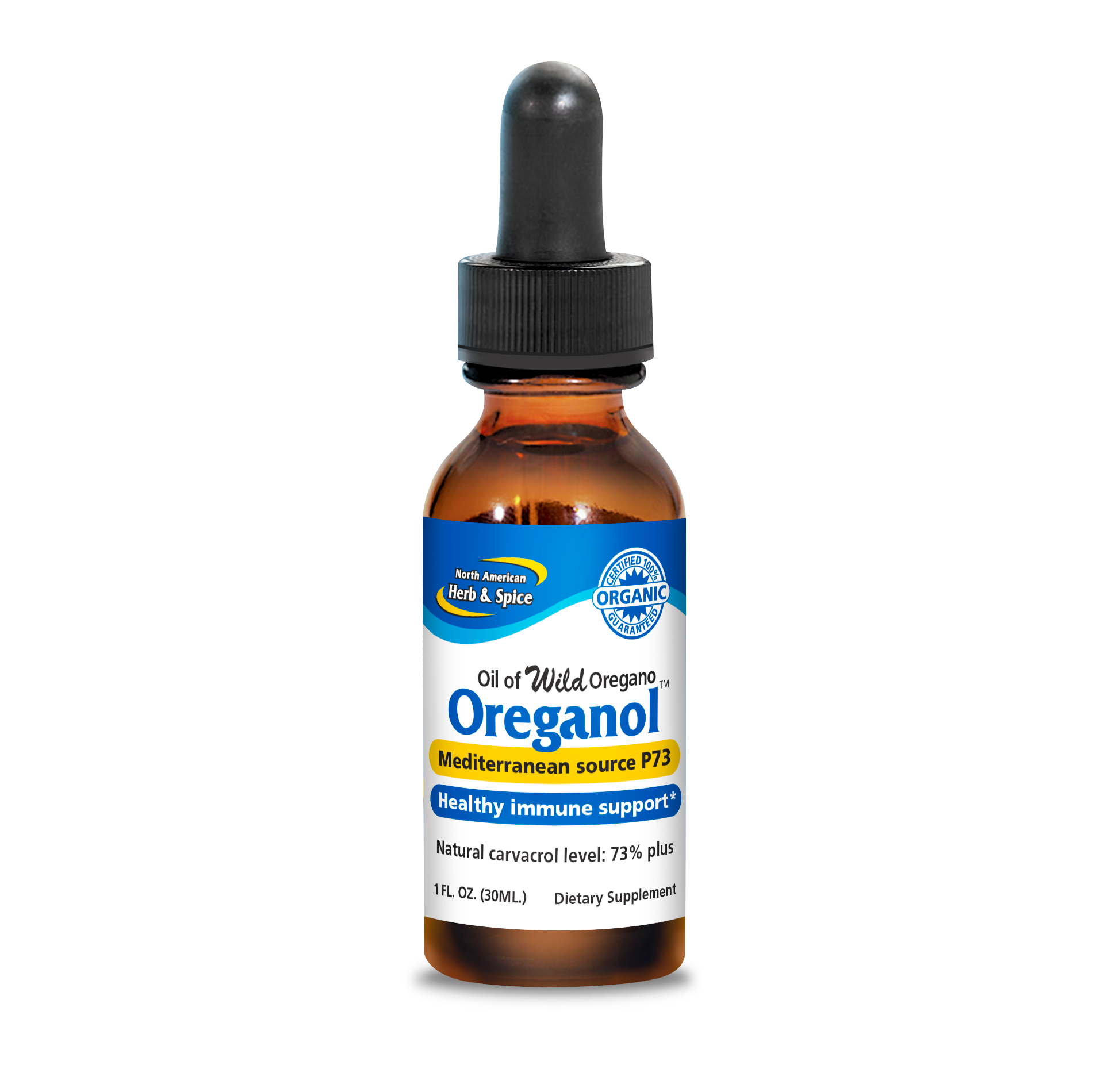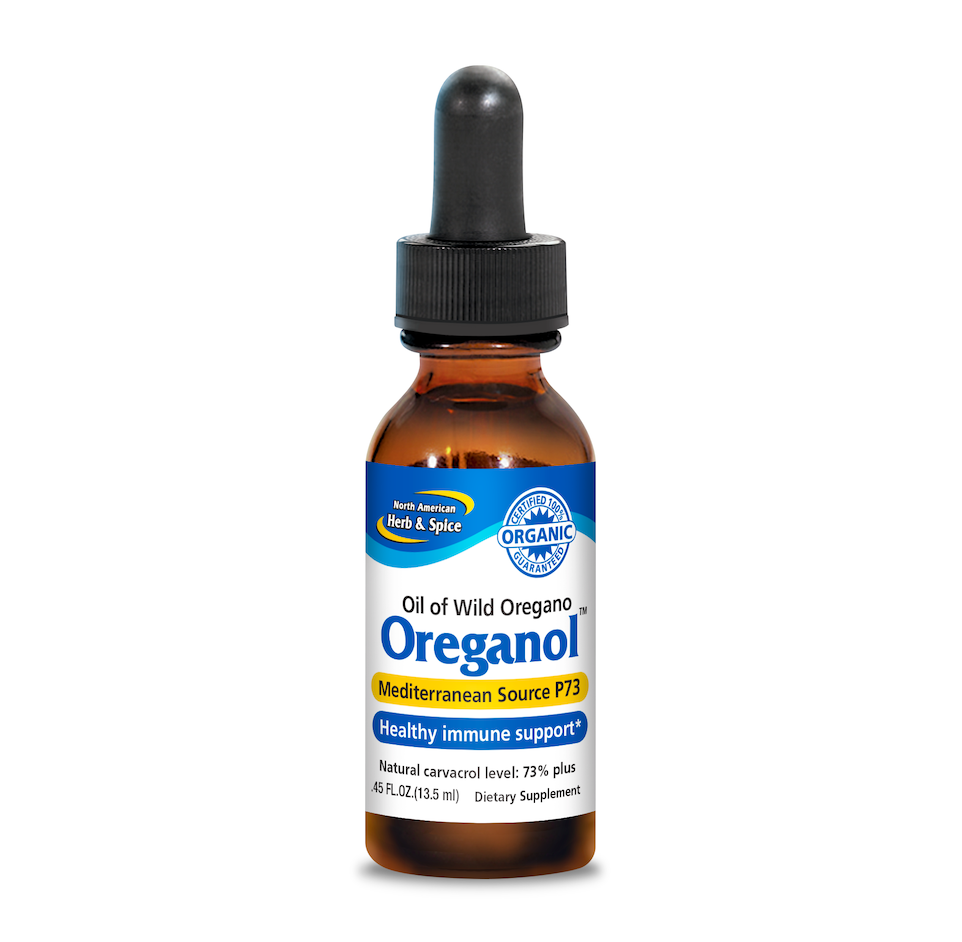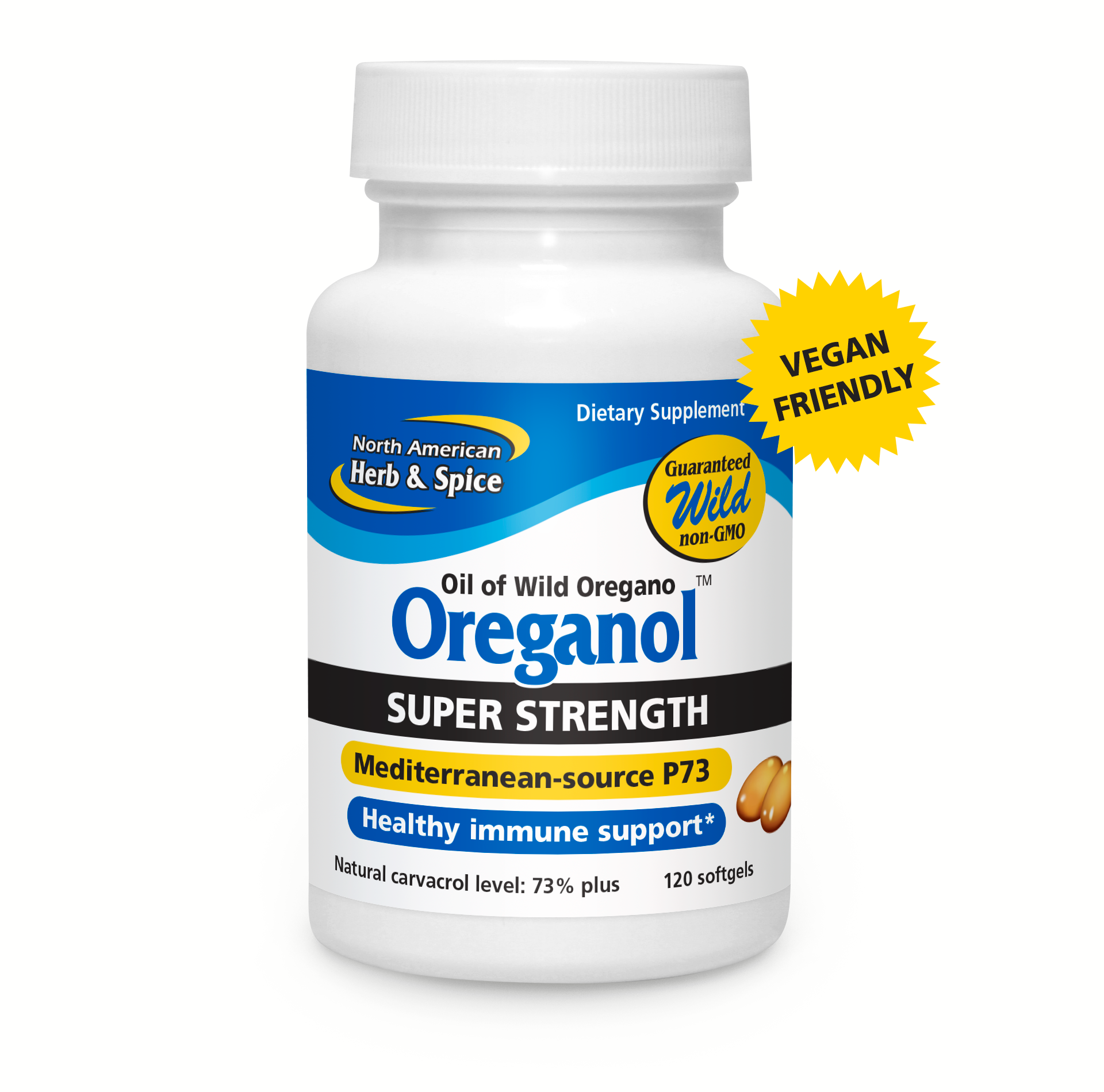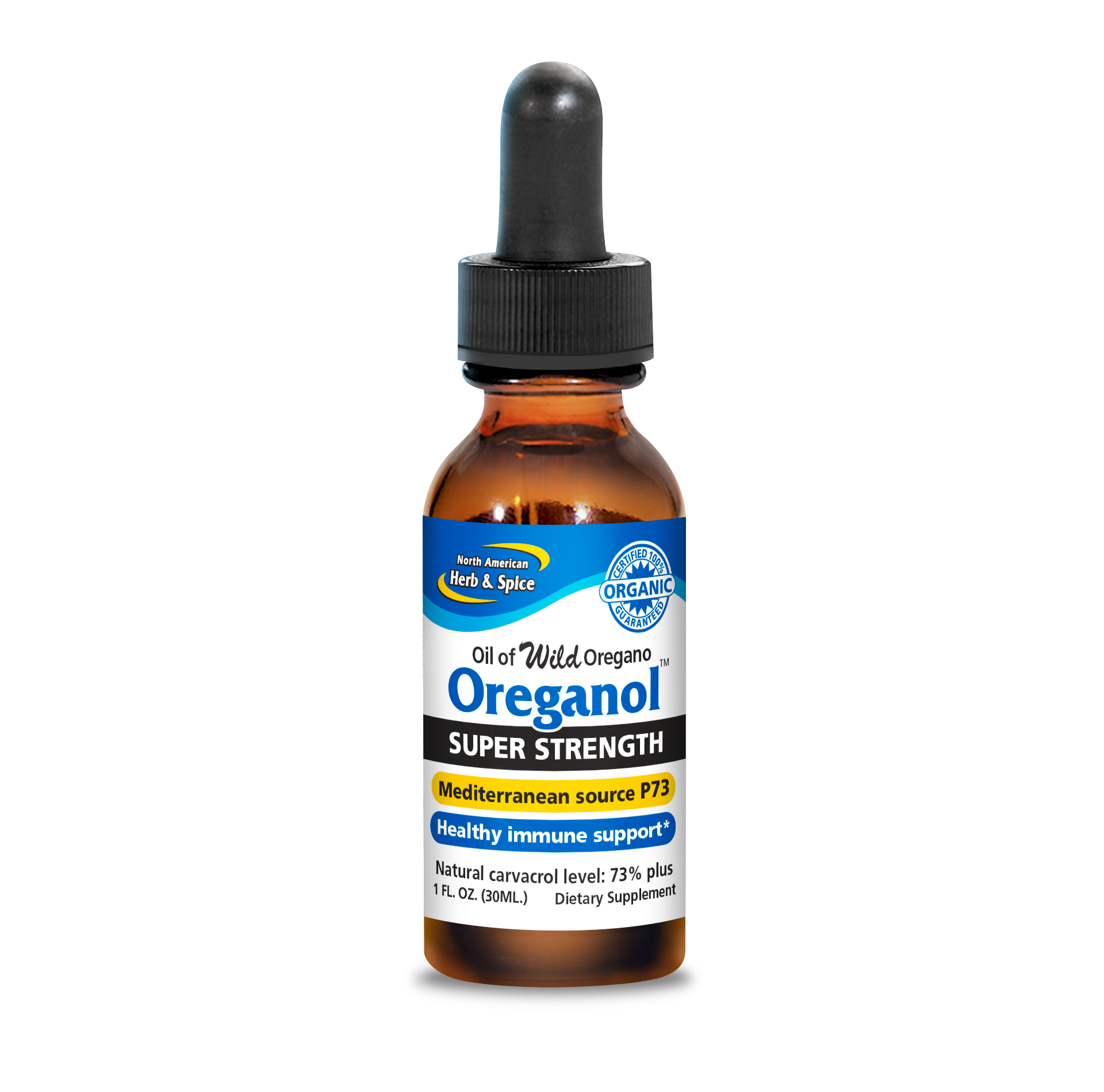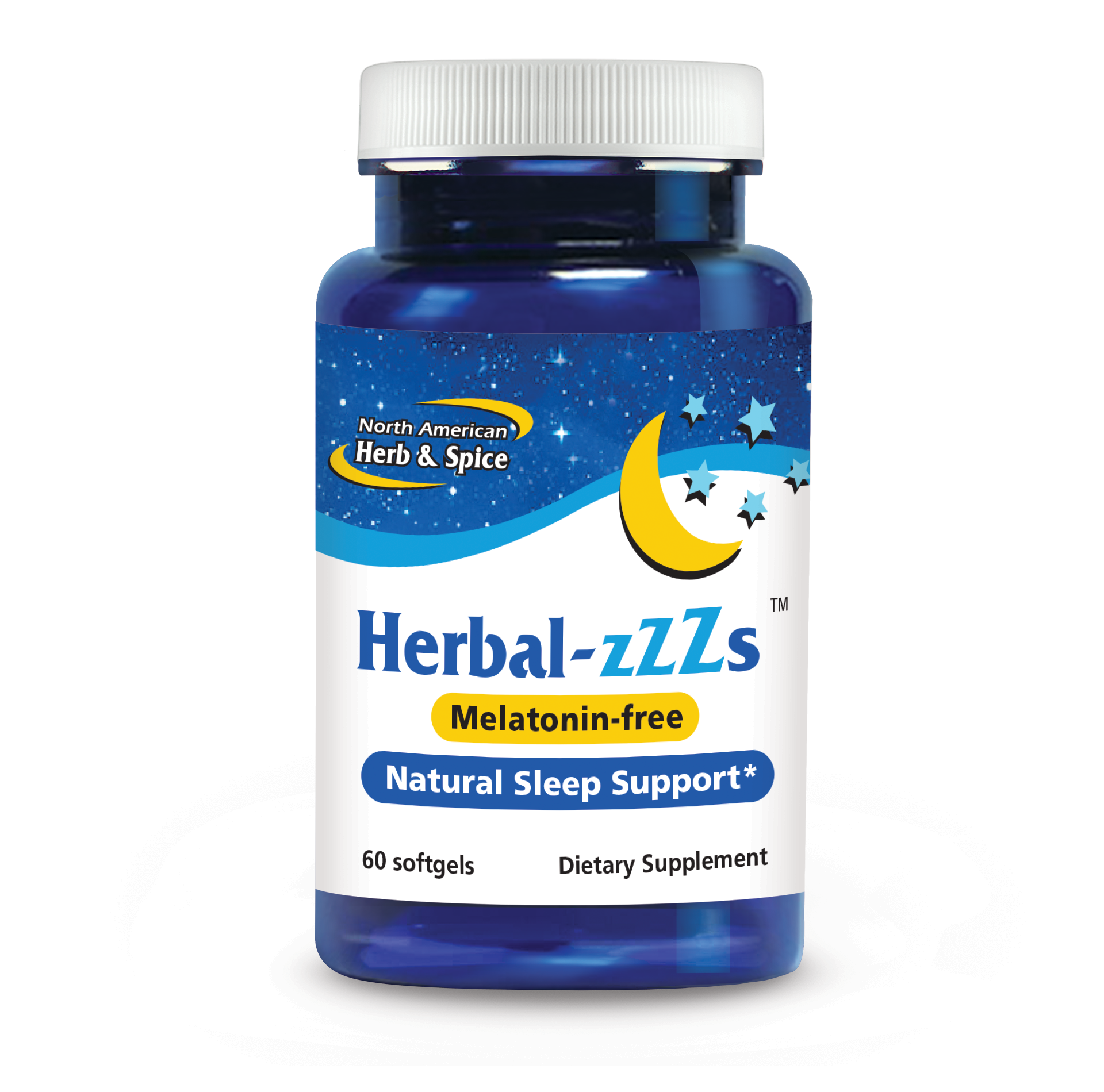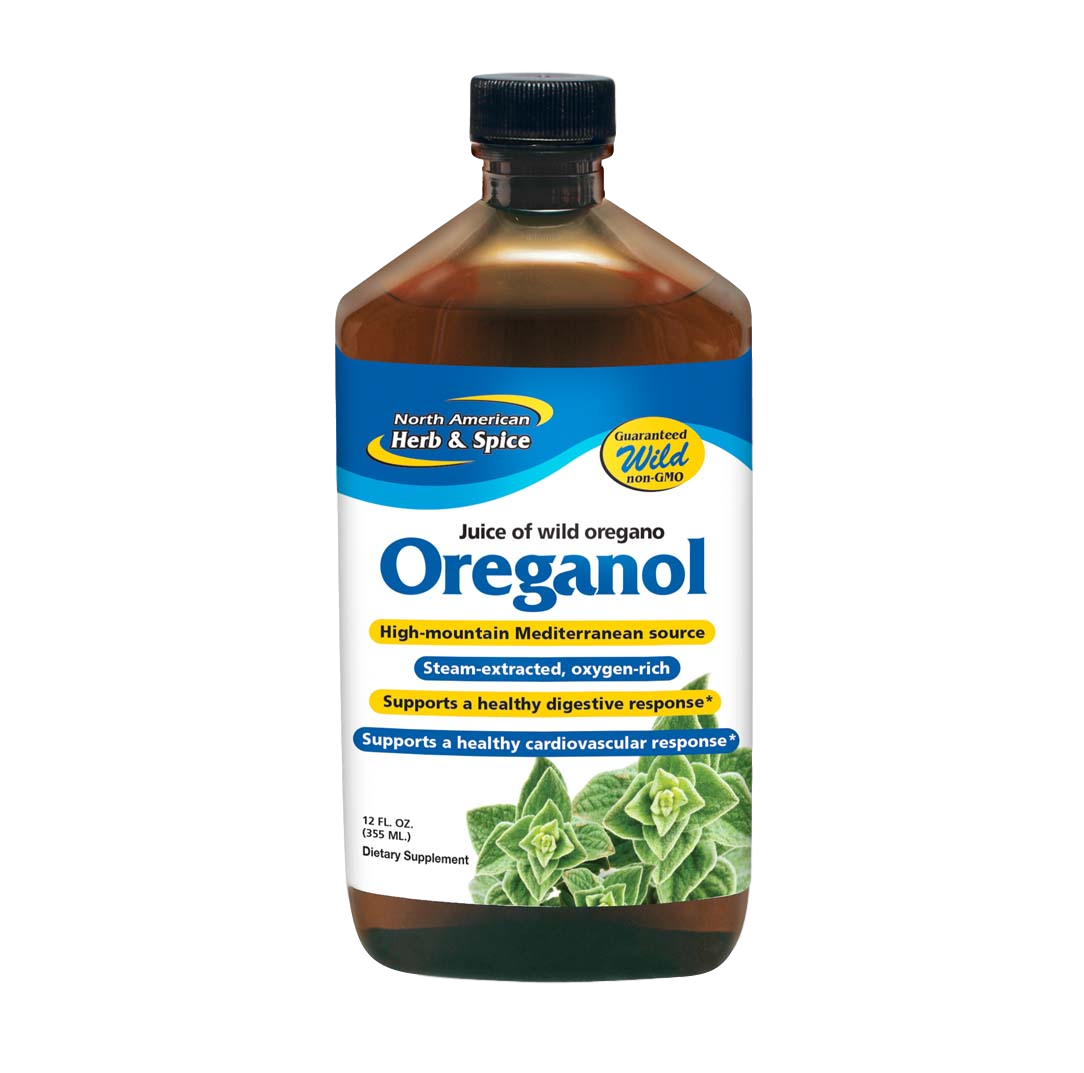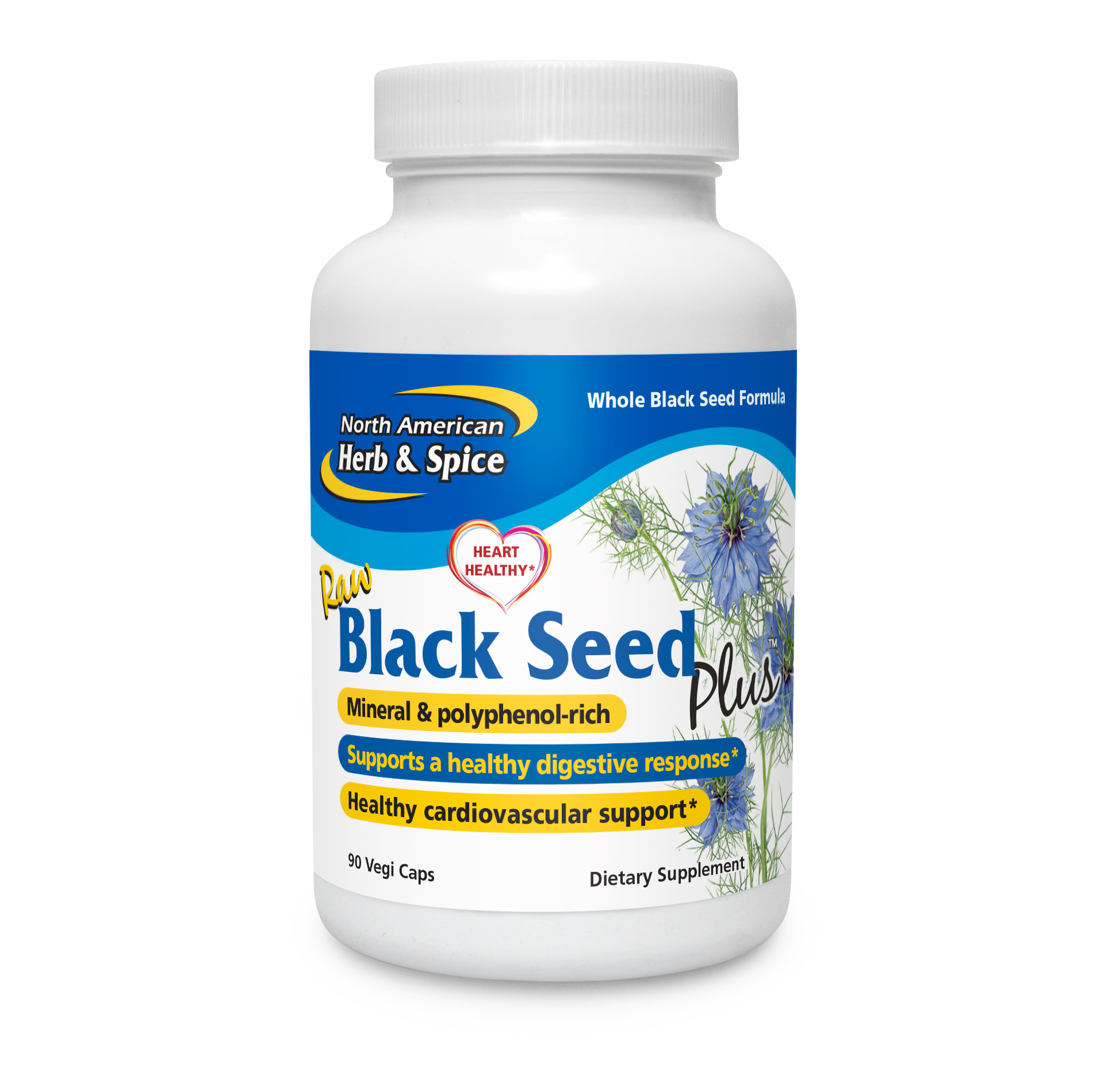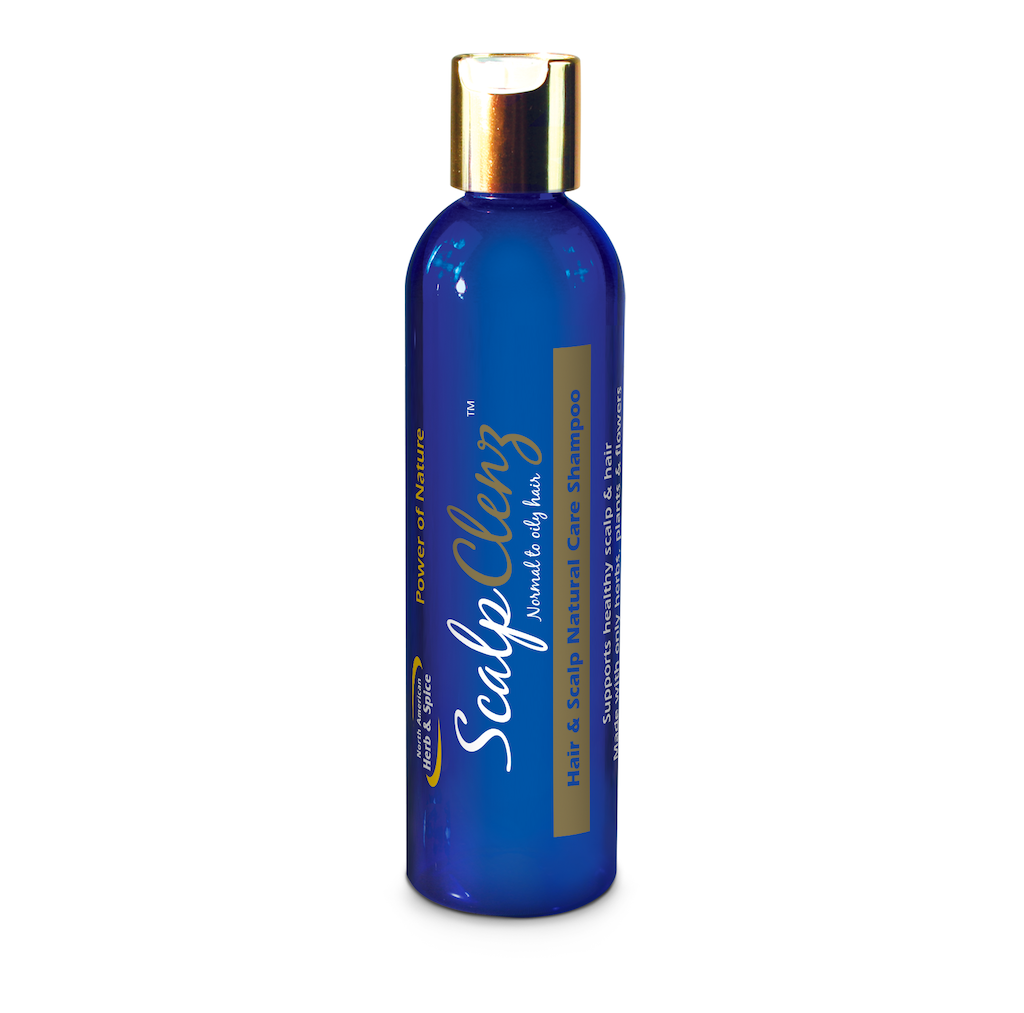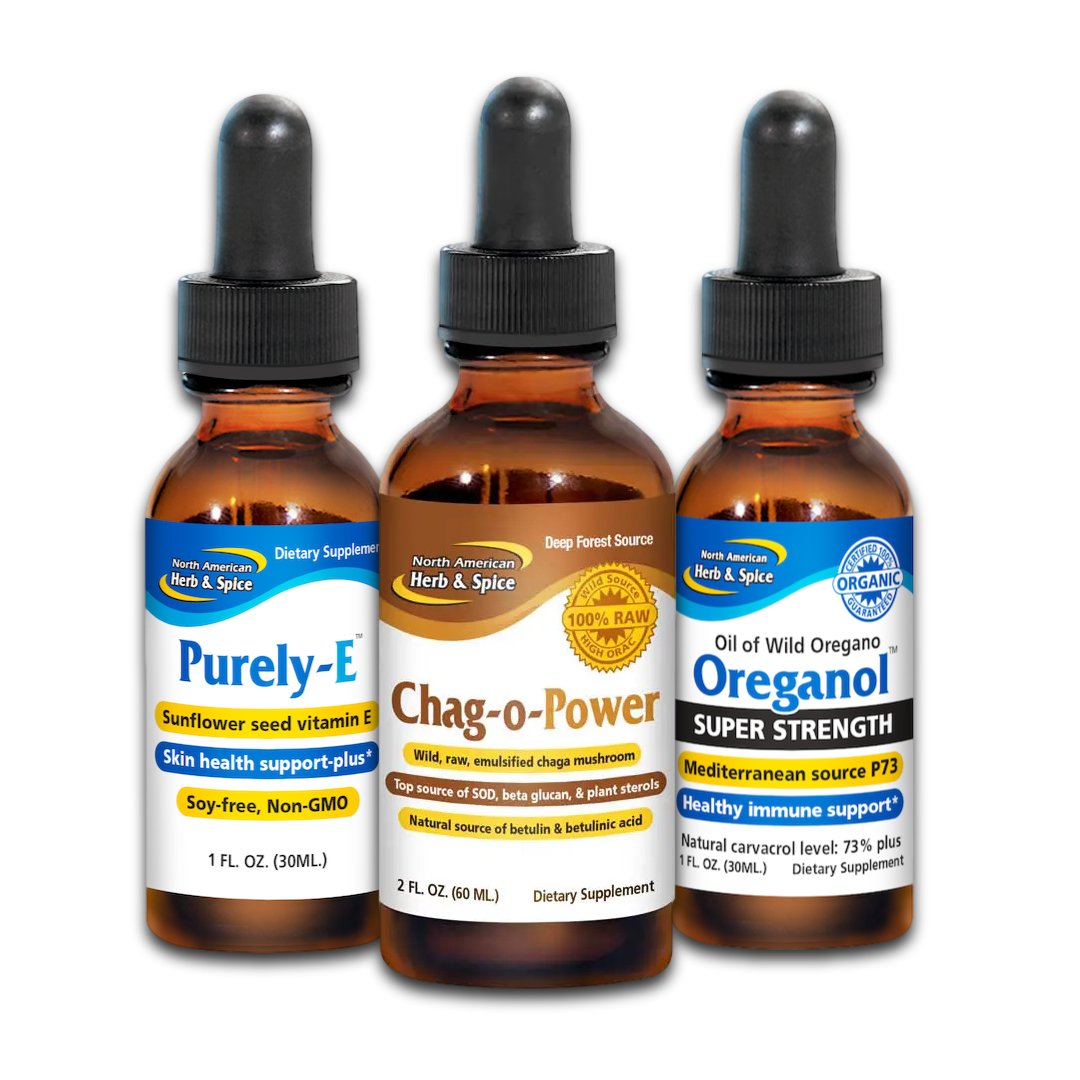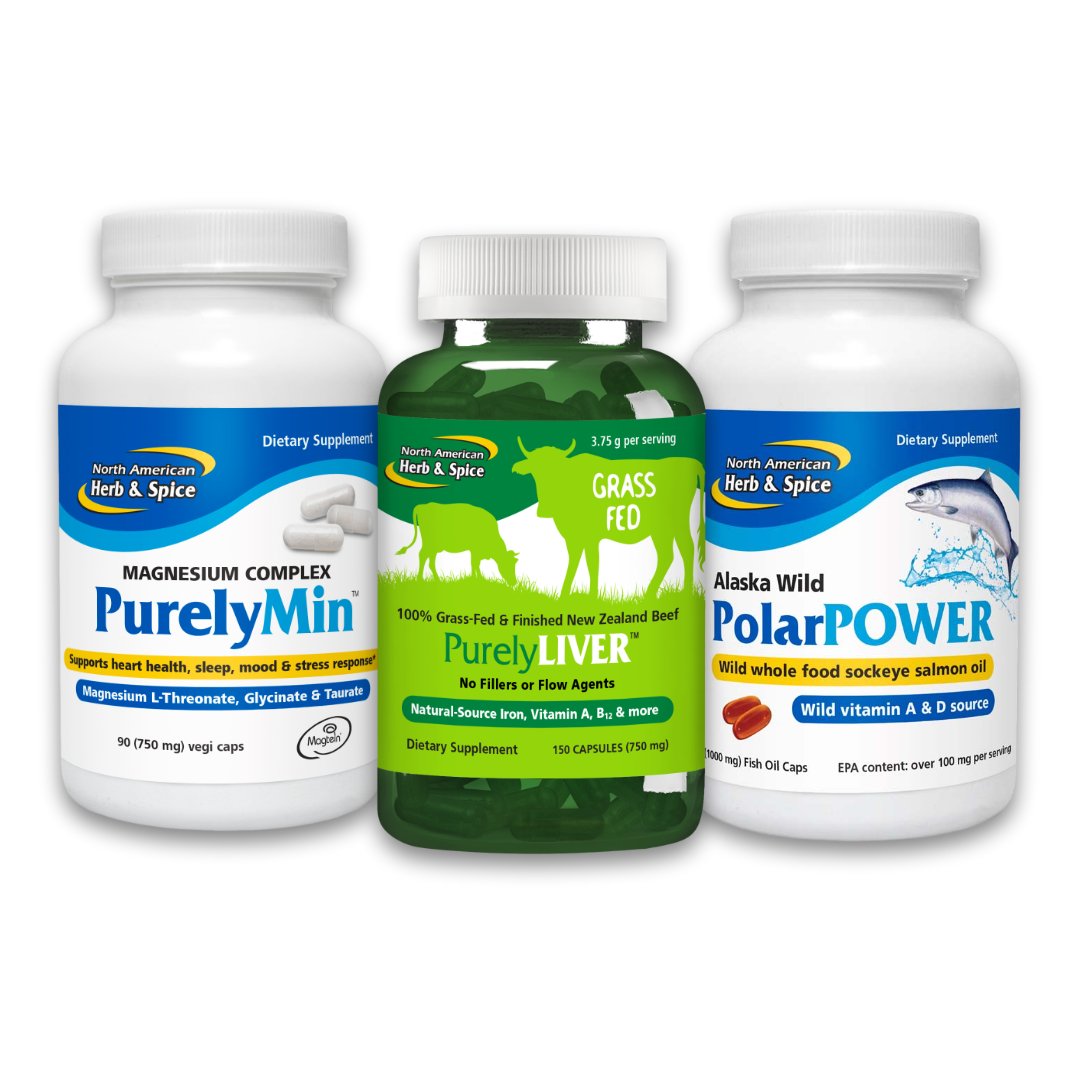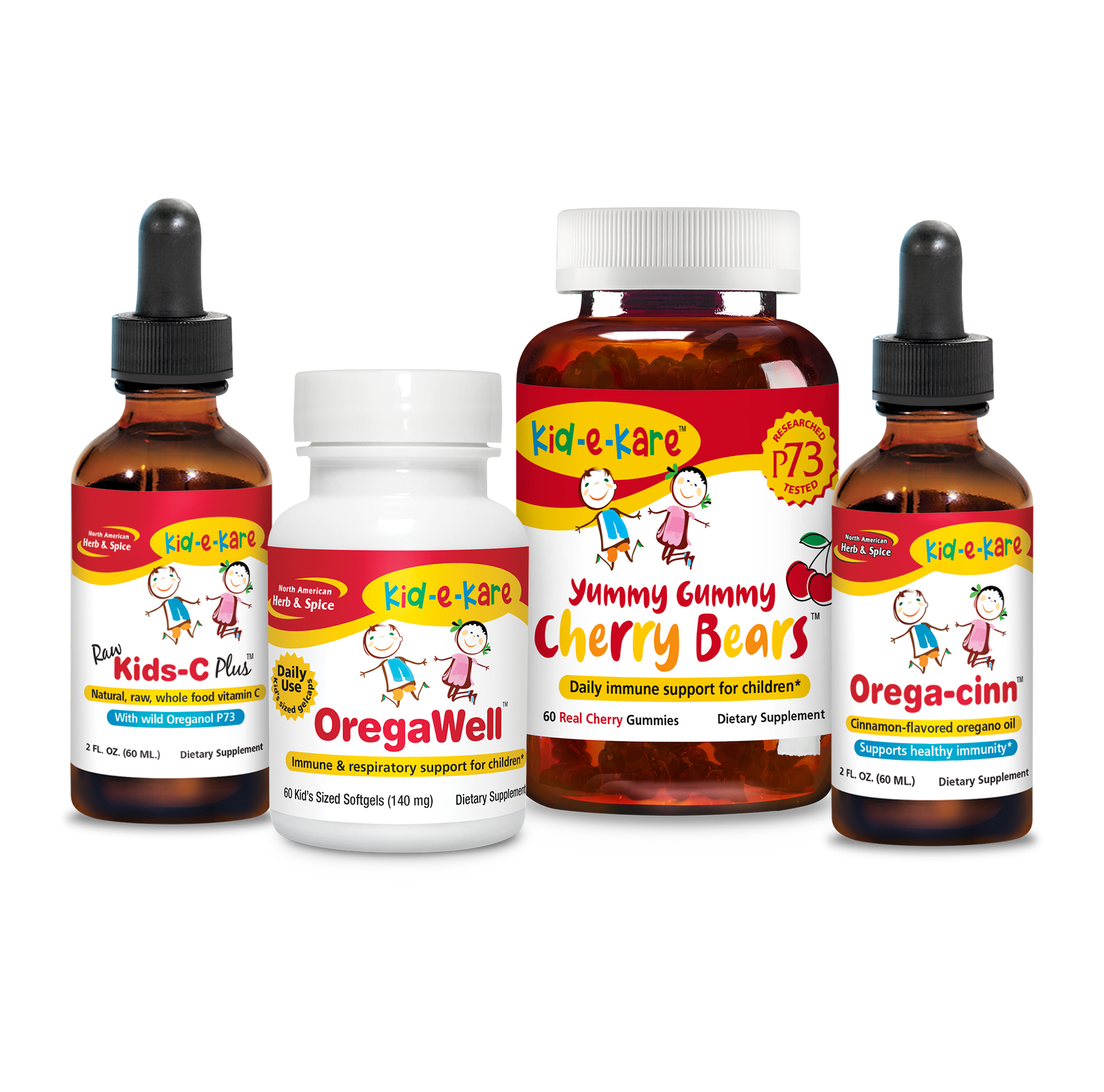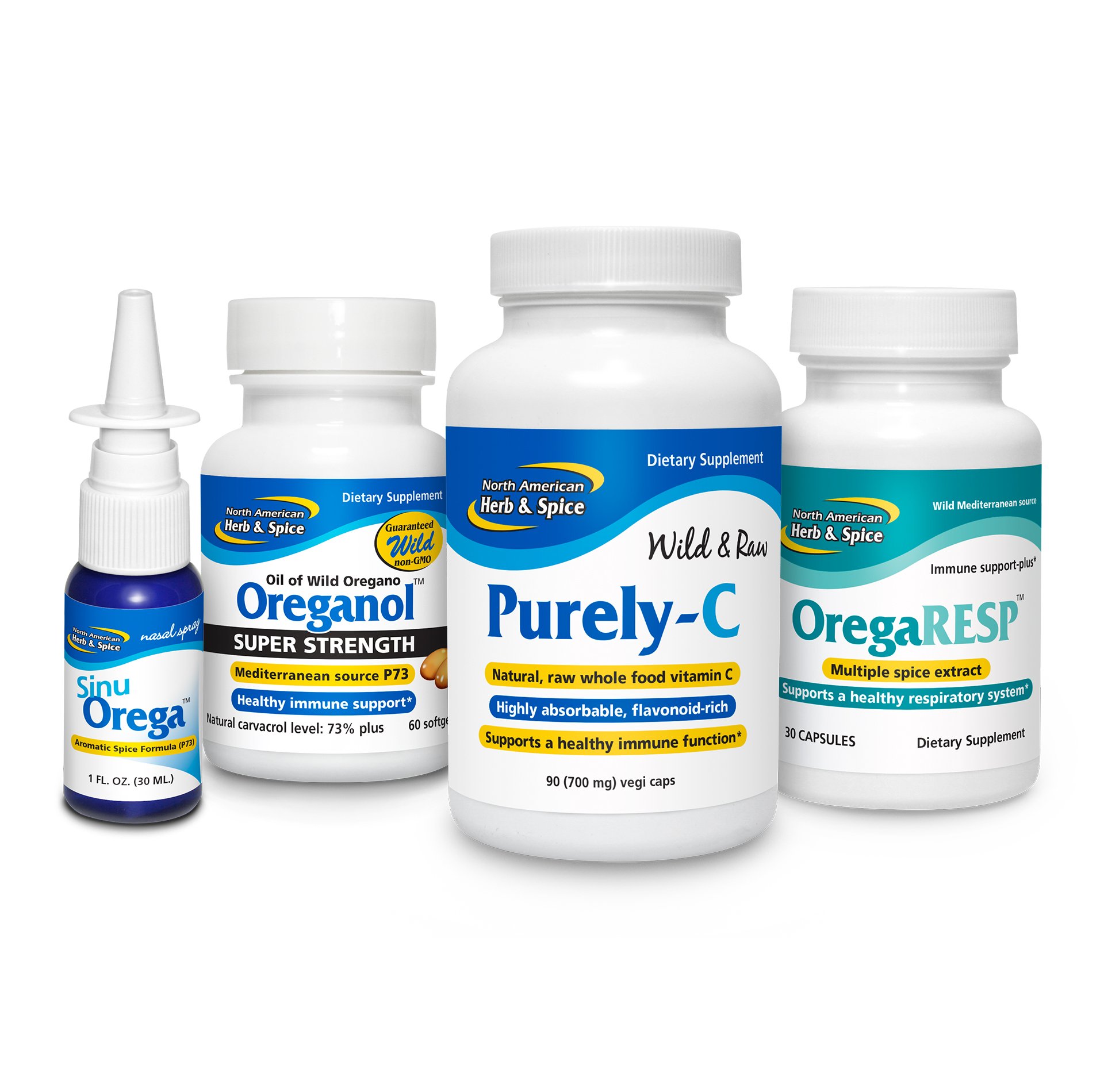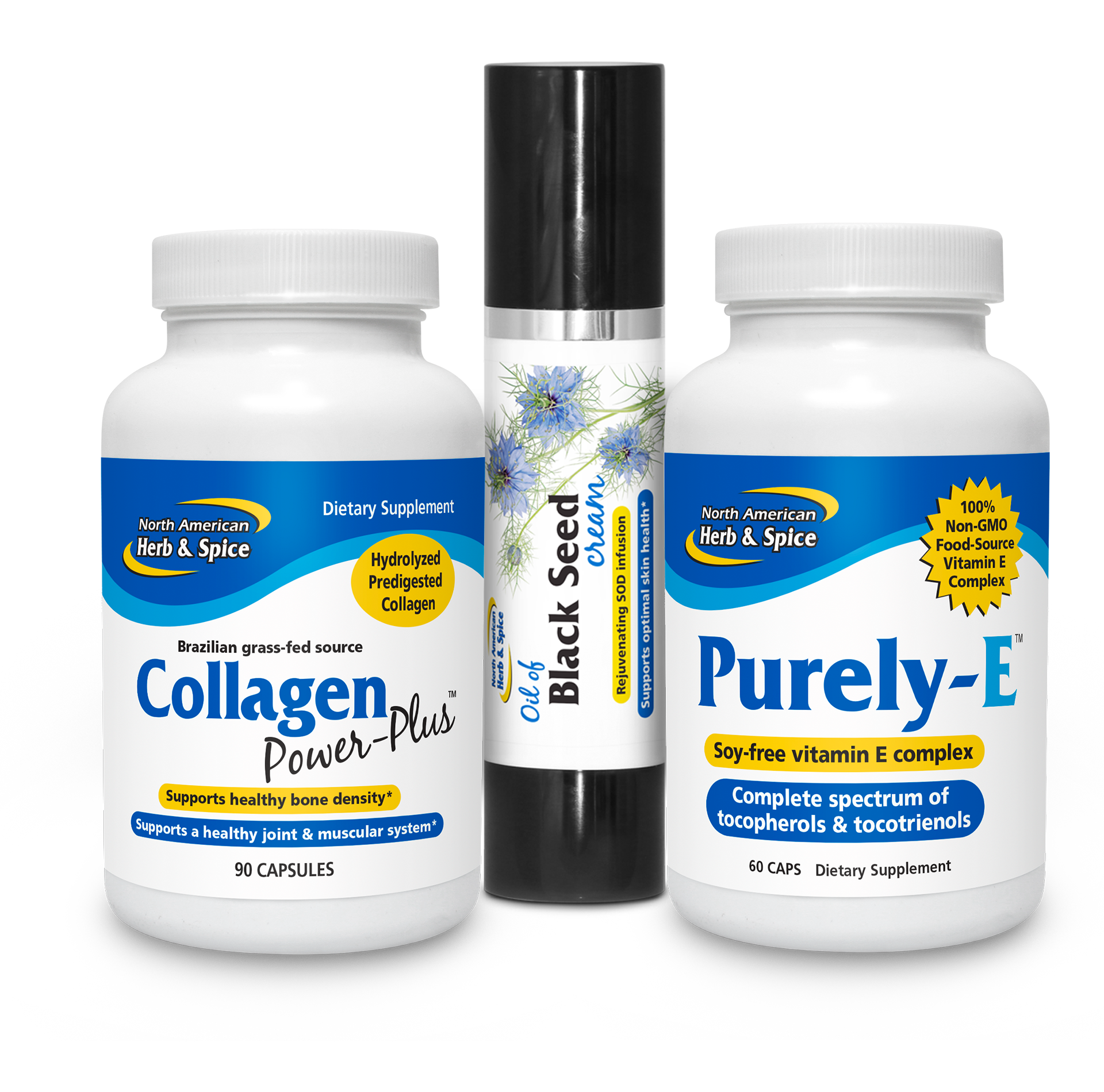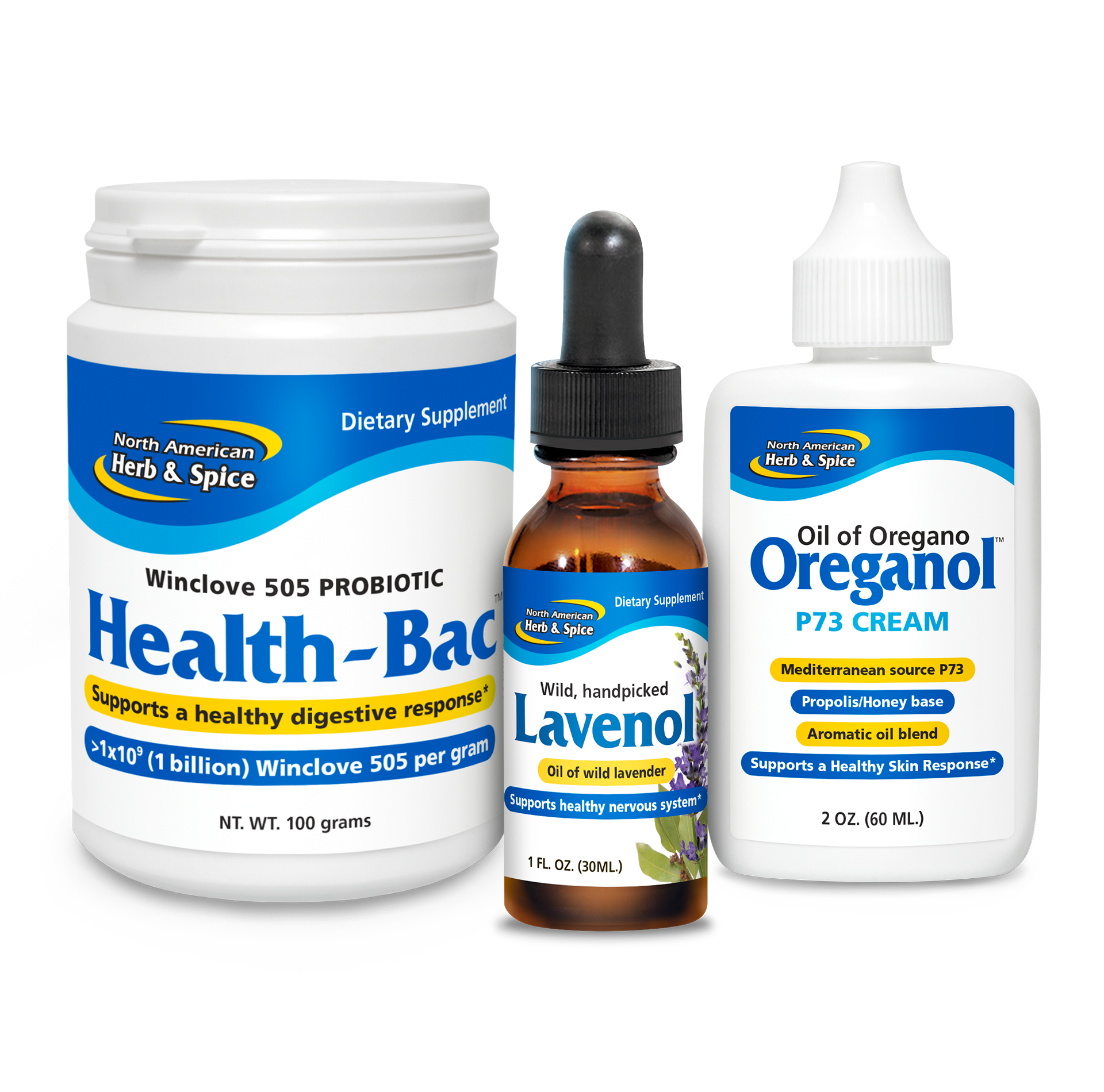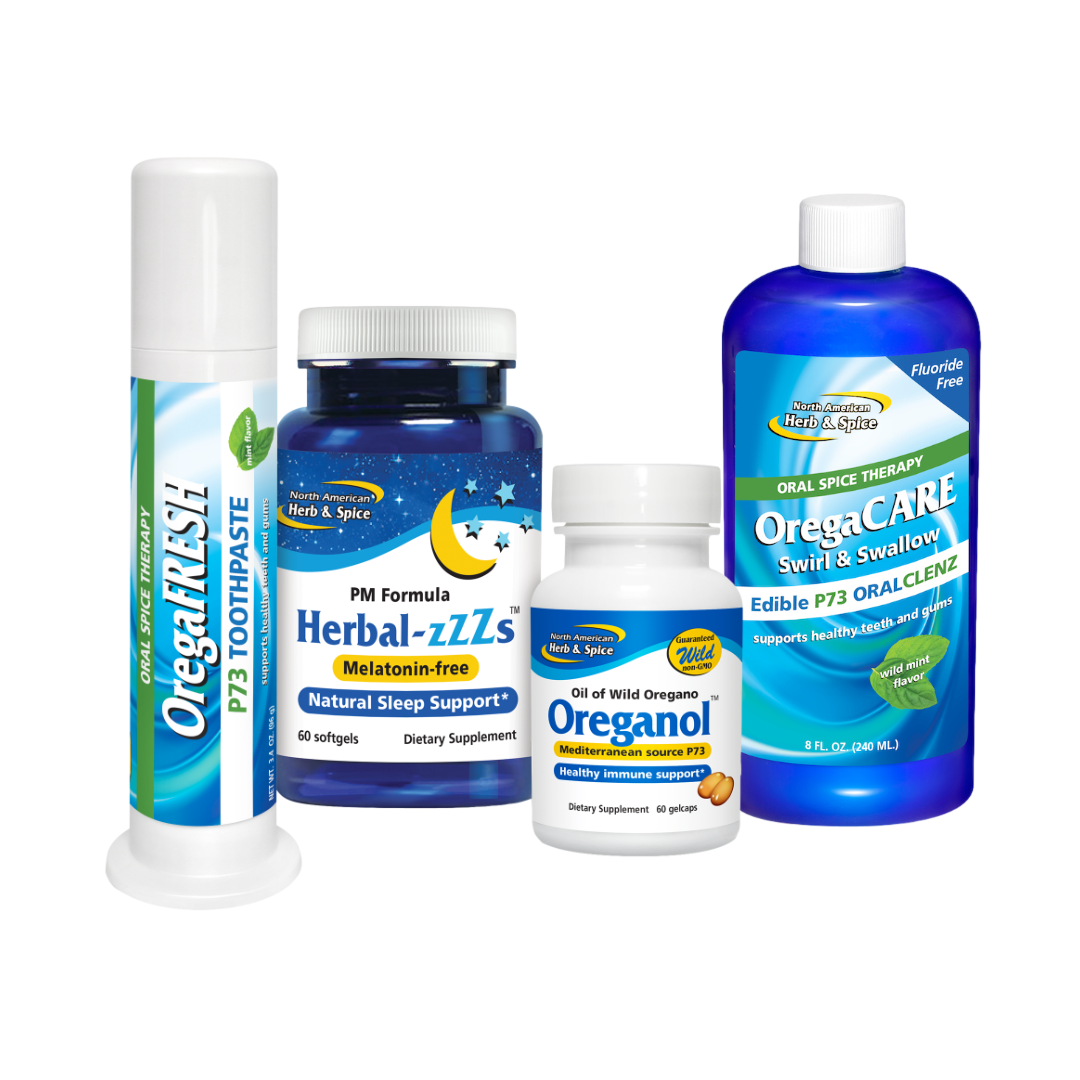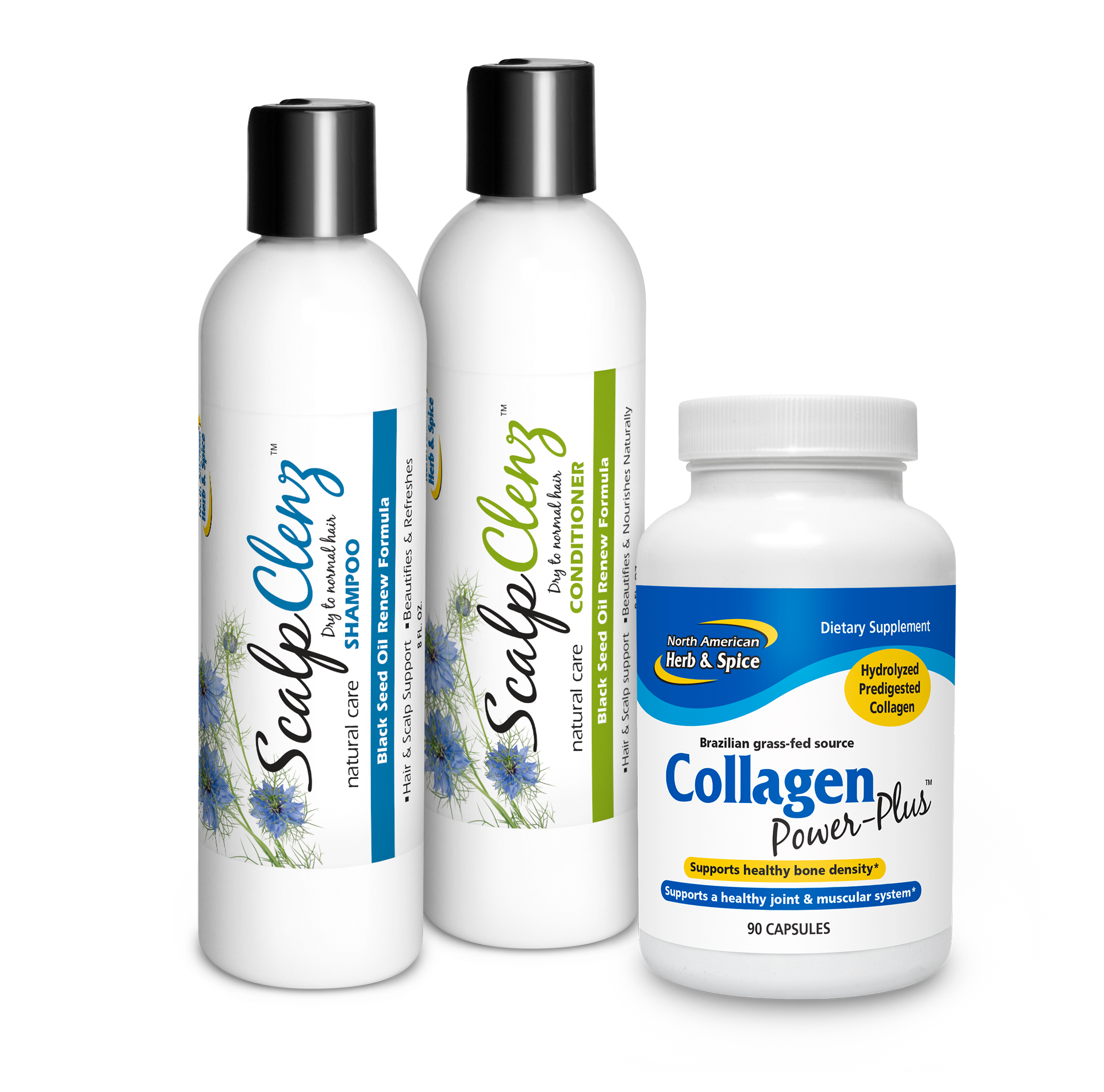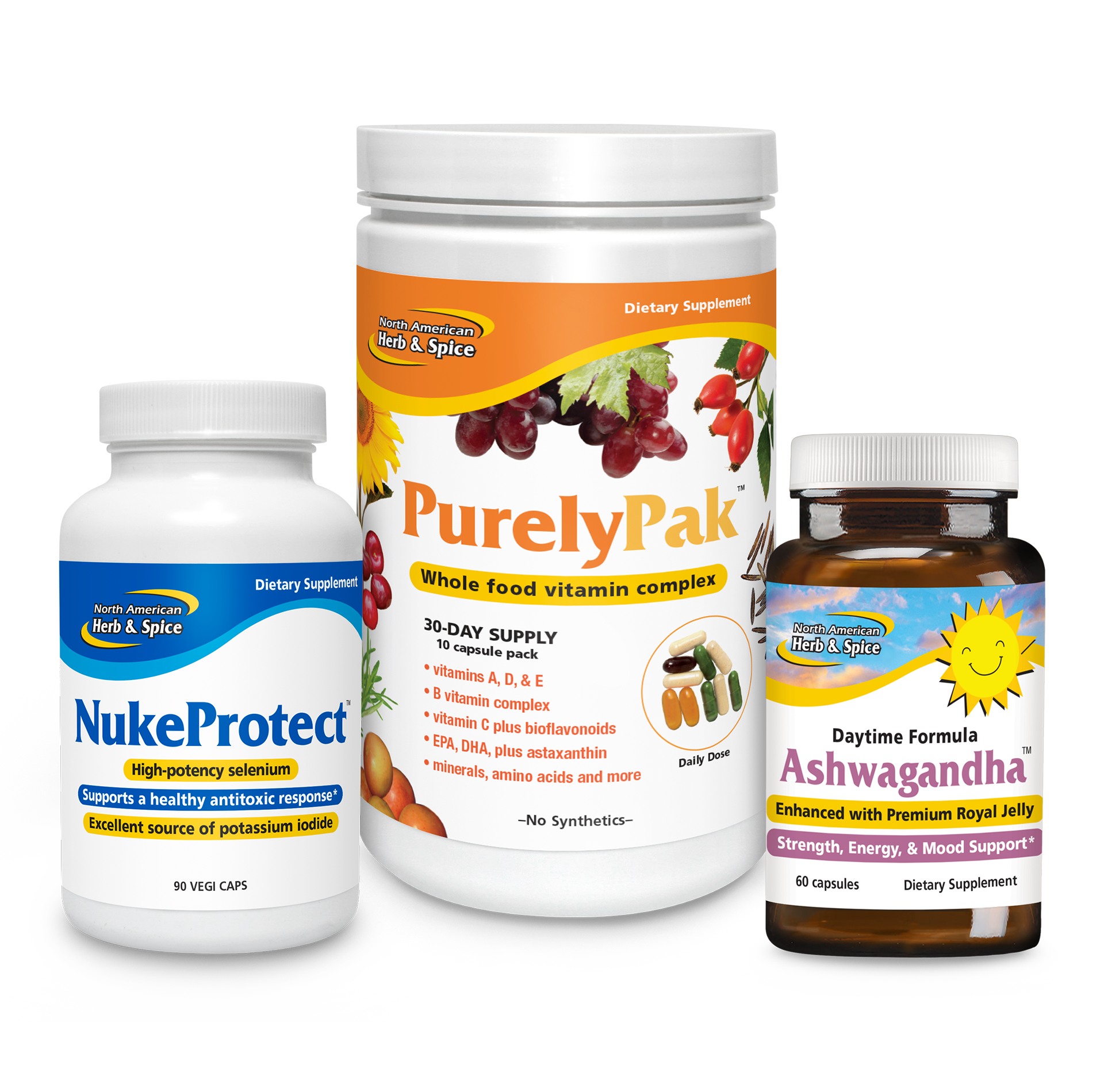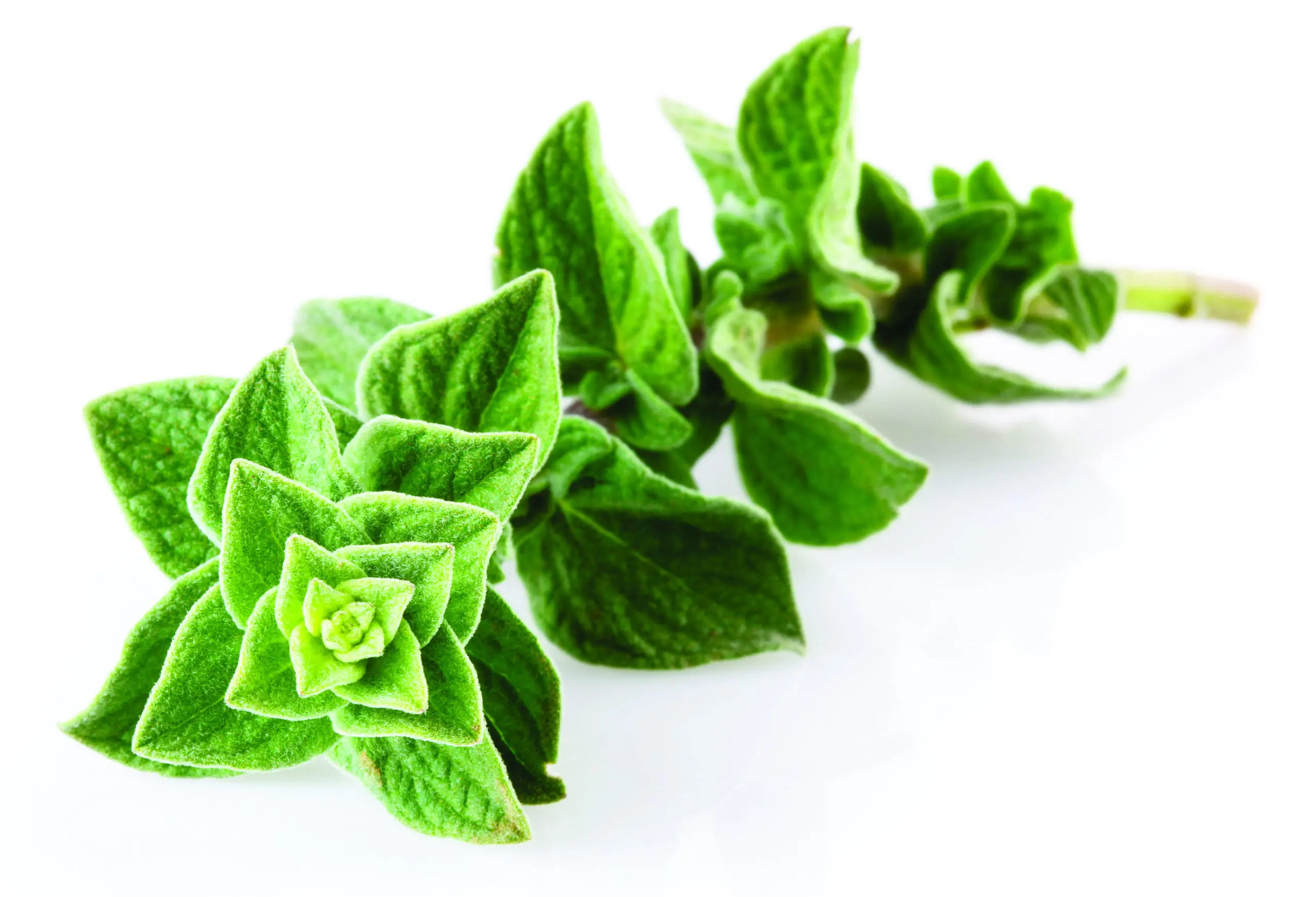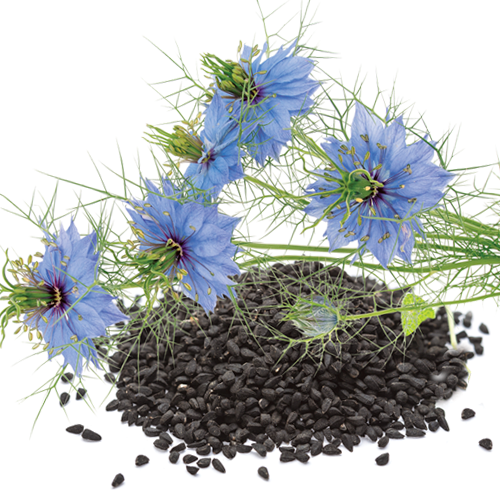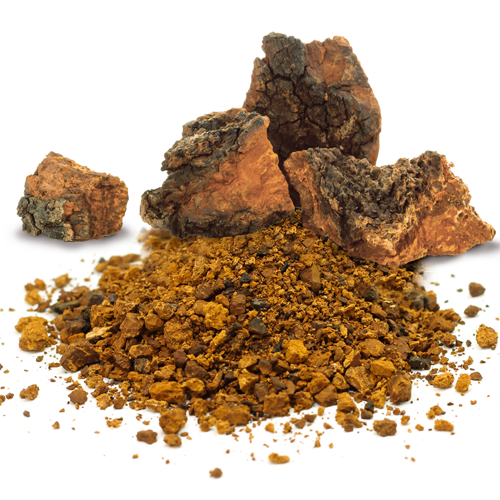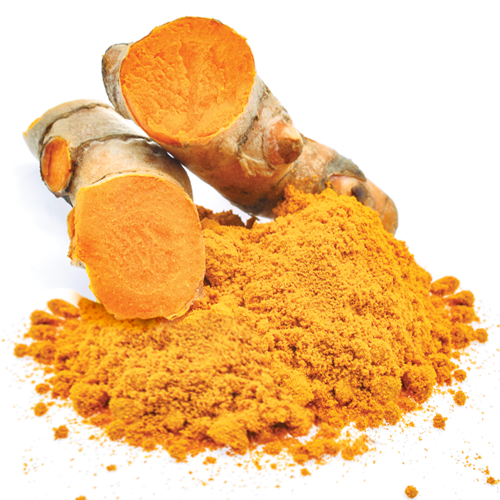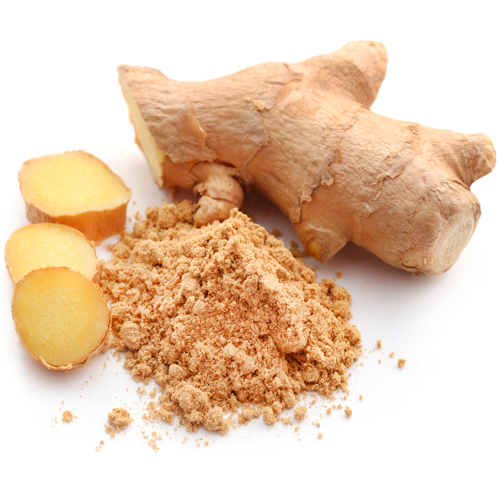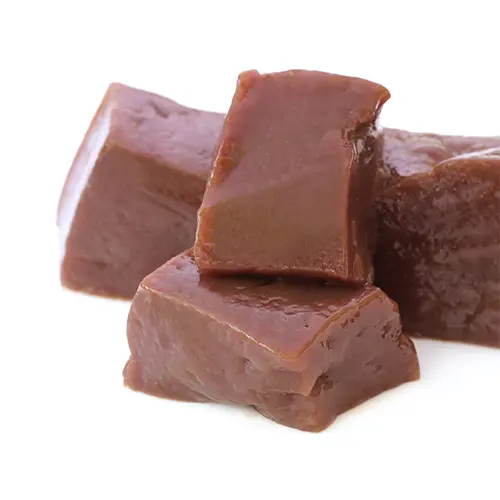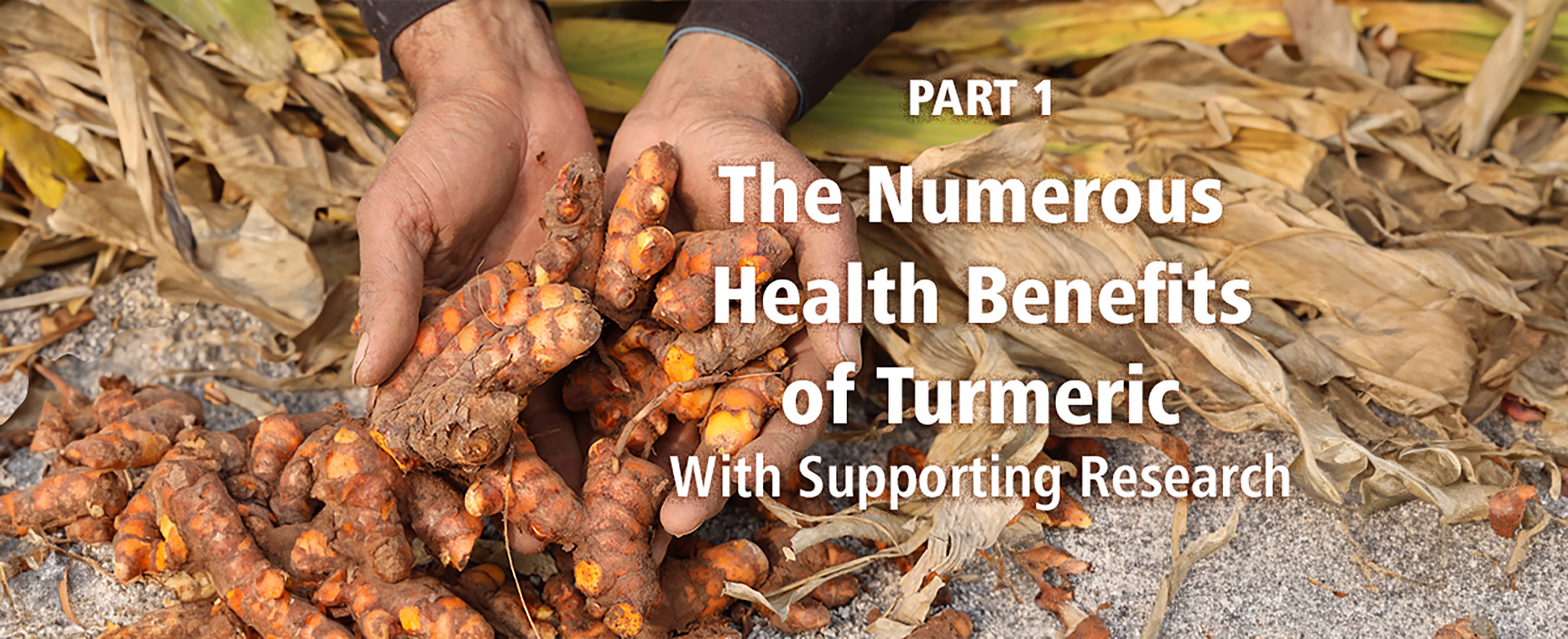Our bones and joints are the literal framework of our body. They support our structure, protect vital organs, and keep us mobile and active. Yet, as we age or face physical stressors, the health of our skeletal system can become compromised. A proactive approach using nutritional and botanical support helps maintain bone density, joint comfort, and overall mobility.
In this article, we’ll explore key nutrients and herbs that are often used to support bone and joint health, specifically collagen, microcrystalline hydroxyapatite (MCHC), magnesium, vitamin C, and time-honored herbs like oregano, sage, and rosemary.

Understanding the Bone and Joint Connection
Bones are dynamic living tissues that constantly remodel through a balance of bone-building (osteoblast) and bone-resorbing (osteoclast) activity. Meanwhile, joints, made up of cartilage, ligaments, and synovial fluid, enable movement and absorb shock. As we grow older, this balance can shift, leading to gradual decreases in bone density and joint flexibility.
Factors like nutrient deficiencies, inflammation, oxidative stress, and hormonal changes contribute to discomfort or mobility challenges. That’s why nutritional support has become a focus for those looking to maintain strong, resilient bones and joints as part of a healthy lifestyle.
Collagen: The Body’s Structural Protein
Collagen is the most abundant protein in the human body, providing structure to skin, bones, cartilage, and connective tissue. Type I collagen, in particular, is a major component of bone matrix and helps provide tensile strength. Here is a major point to remember: 40% of your bones are made of collagen! Now we can begin to appreciate the need to maintain it.
As we age, our natural collagen production declines. Supplementing with hydrolyzed collagen peptides is a popular option to support the integrity of connective tissues. These peptides are broken down into smaller amino acid chains that are easily absorbed and utilized by the body.
Studies suggest that collagen supplementation support joint comfort and help maintain healthy bone metabolism when used alongside a balanced diet and exercise regimen. For those with active lifestyles or age-related concerns, adding collagen to a daily wellness routine can be a simple step toward skeletal support. With one caveat: always be sure the collagen you are taking is grass-fed, pasture-raised, and grass finished! Then you will have an abundance of healthy aminos and wholesome nourishment.
Collagen Study References: Nanomechanics of Type I Collagen
Specific Collagen Peptides Improve Bone Mineral Density and Bone Markers in Postmenopausal Women
Type I Collagen Exists as a Distribution of Nanoscale Morphologies in Teeth, Bones, and Tendons
Targeting Inflammation with Collagen
MCHC: Comprehensive Mineral Support
Microcrystalline hydroxyapatite concentrate (MCHC) is a compound derived from whole grass-fed cattle bone. It contains naturally occurring calcium in a bioavailable form, along with phosphorus, trace minerals, collagen, and bone matrix proteins.
Unlike isolated calcium supplements, MCHC provides the full spectrum of nutrients found in bone tissue. This makes it a comprehensive option for those looking to support bone mineralization and density over time.
Calcium and phosphorus are essential for maintaining bone hardness and structure. This must stay in balance. MCHC offers these in the correct physiological ratio, making it a highly absorbable and useful choice for nutritional protocols that support long-term skeletal health. Combine MCHC with bone integrity-supporting herbs like Oregano, Sage, and Rosemary, and you have a master formula for skeletal excellence.
MCHC Study References: Calcium metabolism in bone disease: effects of treatment with microcrystalline calcium hydroxyapatite compound and dihydrotachysterol
Health Care For Our Bones: A Practical Nutritional Approach to Preventing Osteoporosis
Magnesium: The Unsung Bone Hero
Magnesium is involved in over 600 enzymatic reactions in the body and plays a central role in bone health. Approximately 60% of the body’s magnesium is stored in the bones, where it contributes to structural integrity. About 50% of the population is not receiving enough. Men and people over 60 are groups at the highest risk for deficiency.
This essential mineral is needed for the conversion of vitamin D into its active form, which in turn helps regulate calcium absorption. Without sufficient magnesium, the body struggles to efficiently utilize calcium and vitamin D, two critical players in bone health.
Magnesium also plays a role in muscle relaxation and nerve signaling, both of which affect joint comfort and mobility. Many people fall short of their daily magnesium needs due to modern dietary patterns, so magnesium supplementation—especially in well-absorbed forms like magnesium glycinate and taurate—is commonly used to support overall musculoskeletal health.
Magnesium Reference Studies: Health Care For Our Bones: A Practical Nutritional Approach to Preventing Osteoporosis
National Institute of Health Fact Sheet for Health Professionals:
Vitamin C: More Than an Antioxidant
Vitamin C is often associated with immune support, but its role in bone and joint health is just as important. It’s required for the production of collagen, making it essential for building strong connective tissues and maintaining cartilage integrity. Most collagen supplements neglect to include this critical co-factor vitamin, and only one brand does.
In addition to its structural role, vitamin C acts as a powerful antioxidant, helping to neutralize free radicals that can contribute to tissue breakdown and joint stiffness. By balancing oxidative stress, vitamin C supports joint comfort and flexibility over time. As a bonus, vitamin C nourishes the blood vessels of the body, supporting its strength and structure.
Foods like citrus fruits, bell peppers, and leafy greens are excellent natural sources, but supplementation can be helpful, especially during times of increased physical demand or recovery. The most important thing you can do is supplement with a highly absorbable, raw, and wholefood form of vitamin C, such as Camu Camu and Acerola Cherry.
Vitamin C Reference Studies: Vitamin C and Bone Health: Evidence from Cell, Animal and Human Studies
The Power of Herbs: Oregano, Sage, and Rosemary
Herbs have been used for millennia to support wellness, and three aromatic herbs, especially in their wild & raw states, are shown in studies to support bone and joint health.
Oregano
Oregano is more than a culinary staple—it contains compounds like carvacrol and thymol that have been studied for their antioxidant and soothing properties. These phytochemicals support the body’s natural response to oxidative stress, which plays a role in age-related changes to bones and joints.
Oregano oil is particularly rich in active compounds and highest in overall antioxidants. Even 100x the antioxidant power of blueberries! It is often used in supplemental form to help maintain overall well-being. You can certainly sprinkle it on your foods to add extra health benefits to your skeletal system. Raw Oregano also contains significant vitamin K content, which helps the body process and utilize calcium.
Oregano Study References: Origanum vulgare leaf extract protects mice bone marrow cells against ionizing radiation
Sage
Sage contains rosmarinic acid, a compound believed to have calming and antioxidant effects. Traditional herbalists have used sage to support comfort in the muscles and joints, and modern research continues to explore its role in maintaining normal inflammatory balance.
As part of a well-rounded herbal protocol, sage supports overall skeletal system resilience.
Sage Reference Studies: Effect of Salvia Officinalis L. (Sage) Herbs on Osteoporotic Changes in Aged Non-Cycling Female Rats
Common herbs, essential oils, and monoterpenes potently modulate bone metabolism:
Rosemary
Rosemary, a fragrant herb known for its culinary uses, also contains bioactive compounds like ursolic, rosemarinic, and carnosic acids. These antioxidants support healthy joint tissue by addressing oxidative stress and promoting a balanced inflammatory response.
Some early research has also explored rosemary’s potential role in supporting cartilage function and metabolic activity within joint structures.
Rosemary Study References: The Impact of Thyme and Rosemary on Prevention of Osteoporosis in Rats
Lifestyle Tips for Lasting Bone and Joint Wellness
While targeted nutrients and herbs are valuable tools, long-term bone and joint health is best supported with a holistic approach. Here are a few additional tips:
- Weight-bearing exercise (like walking, strength training, and yoga) helps stimulate bone remodeling and keeps joints flexible.
- Avoid smoking and excessive alcohol, both of which can weaken bones.
- Stay hydrated, as joint cartilage relies on fluid to cushion movements.
- Eat a nutrient-dense diet, emphasizing greens, nuts, seeds, healthy fats, and lean proteins.
- Get regular sun exposure, or consider a natural vitamin D supplement if levels are low.
Putting It All Together
Bone and joint health isn’t just about avoiding problems later in life—it’s about staying active, mobile, and strong today. With foundational nutrients like collagen, MCHC, magnesium, and vitamin C, combined with the time-tested power of herbs like oregano, sage, and rosemary, you can take proactive steps toward supporting skeletal integrity and joint comfort.
The goal is to create a personalized approach that supports your unique needs, lifestyle, and health goals.
Your bones and joints do a lot of work for you—give them the tender loving care they deserve!
*These statements have not been evaluated by the Food and Drug Administration. The N.A.H.S. products are not intended to diagnose, treat, cure, or prevent any disease.
Explore our trending products:
-
Herbal-zzZs – Melatonin-Free Sleep Support
$31.99 — or Original price was: $31.99.$27.19Current price is: $27.19. / month Add to cart -
Black Seed-Plus Capsules
$29.99 — or Original price was: $29.99.$25.49Current price is: $25.49. / month Select options This product has multiple variants. The options may be chosen on the product page -
Purely-C Whole Food Vitamin C Complex
$37.99 — or Original price was: $37.99.$32.29Current price is: $32.29. / month Select options This product has multiple variants. The options may be chosen on the product page -
PurelyMin Magnesium Complex
$39.99 — or Original price was: $39.99.$37.99Current price is: $37.99. / month Add to cart






